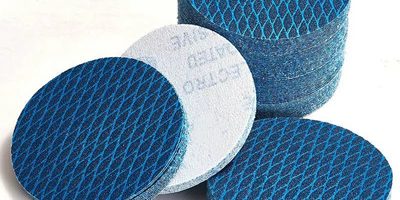Sanding discs are essential tools in various industries, from woodworking to metalworking and automotive repair. However, selecting the right type of sanding disc for your specific project is crucial for achieving optimal results. In this blog, we will delve into the different types of sanding discs and their applications.
- Aluminum Oxide Sanding Discs: These discs are versatile and commonly used for general-purpose sanding on materials like wood, metal, and plastics. They are available in various grits, making them suitable for both coarse and fine sanding tasks.
- Silicon Carbide Sanding Discs: Silicon carbide discs are ideal for sanding harder materials such as stone, glass, ceramics, and metals. They are known for their aggressive cutting action and are often used in automotive bodywork.
- Zirconia Alumina Sanding Discs: Zirconia alumina discs are known for their exceptional durability and are suitable for heavy-duty applications, including metal fabrication and weld blending. They offer fast material removal and a longer lifespan.
- Ceramic Alumina Sanding Discs: Ceramic alumina discs are heat-resistant and excel in high-pressure applications like grinding and sanding hardened metals and alloys. They are known for their long-lasting cutting abilities.
- Film-Backed Sanding Discs: These discs feature a flexible film backing that provides excellent conformability, making them suitable for sanding curved or contoured surfaces. They are often used in automotive and woodworking applications.
- Hook and Loop (Velcro) Sanding Discs: These discs are designed for quick and easy attachment to hook and loop sanding pads. They are popular in woodworking and finishing applications, offering convenience and efficiency.
- Flap Discs: Flap discs combine grinding and finishing in one step. They are versatile and are used for deburring, blending, and finishing applications on various materials.
- Fiber Discs: Fiber discs are heavy-duty options used for aggressive material removal on metal and wood surfaces. They are known for their durability and resistance to tearing.
When choosing a sanding disc, consider the material you’ll be working on, the level of abrasion required, and the type of sanding tool you’ll use. By understanding the different types of sanding discs and their applications, you can make informed decisions and achieve professional-quality results in your projects.










